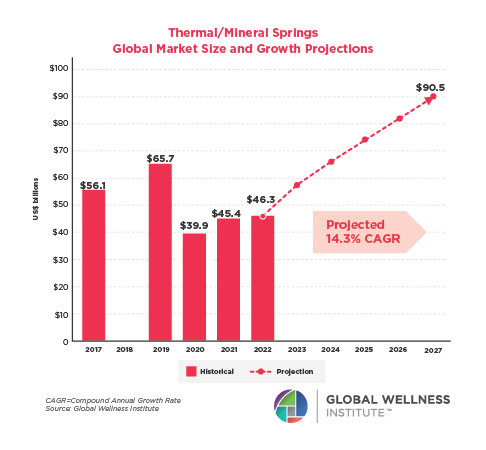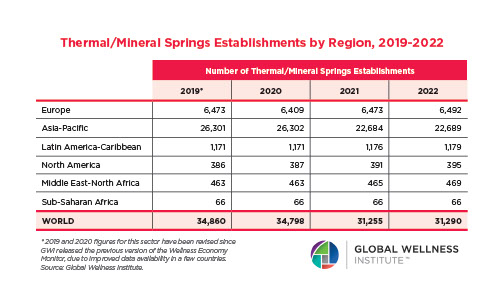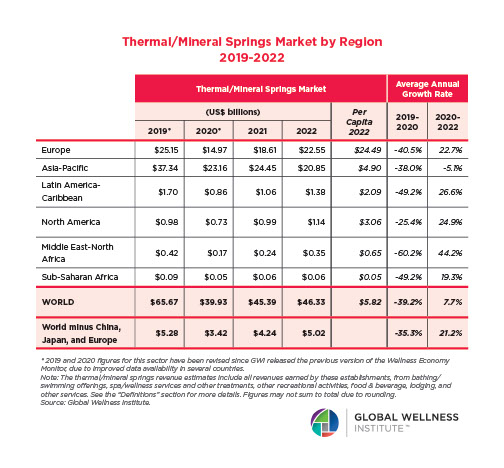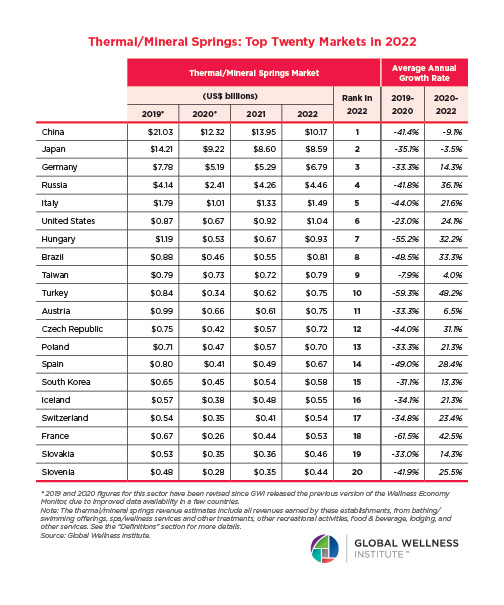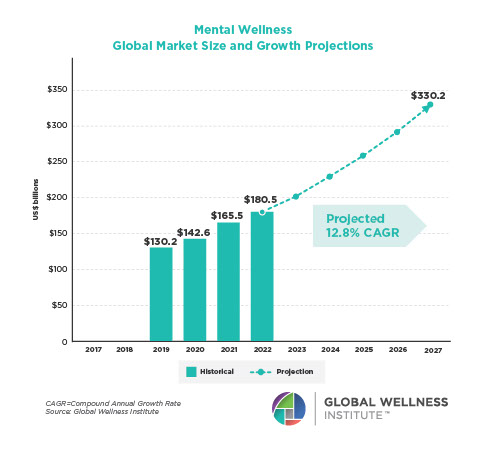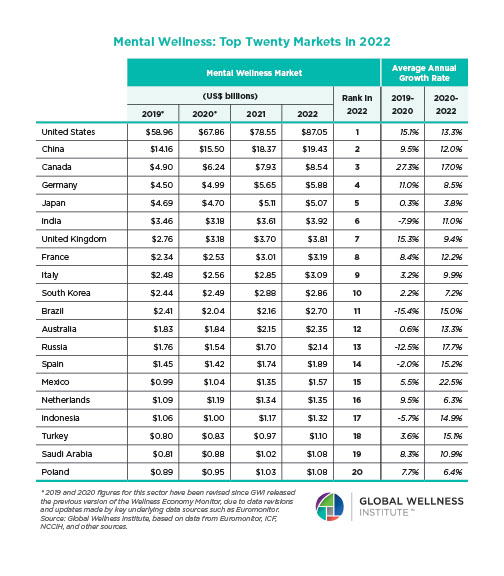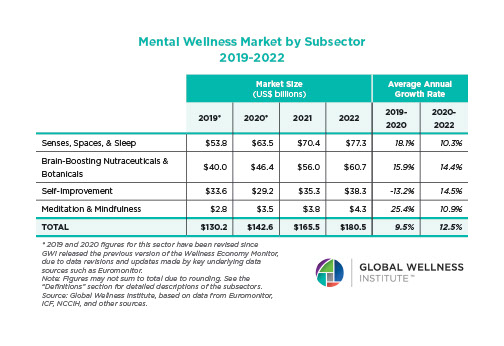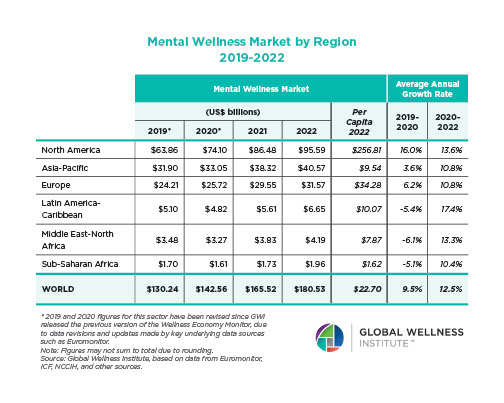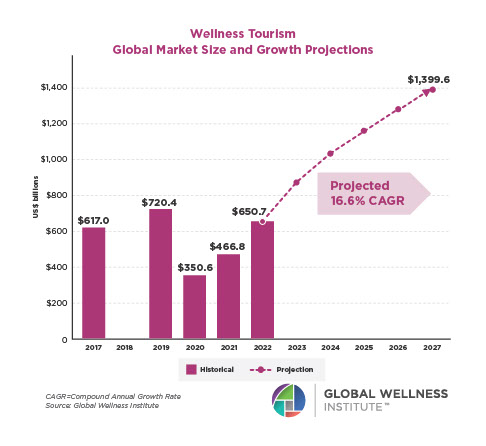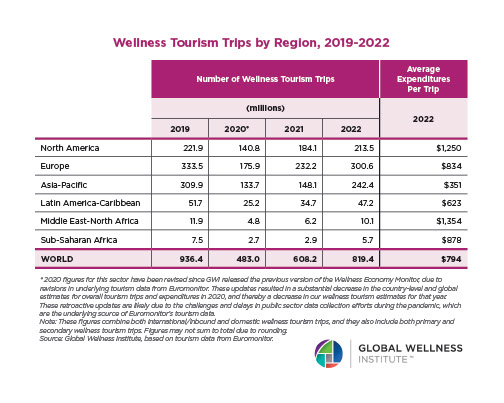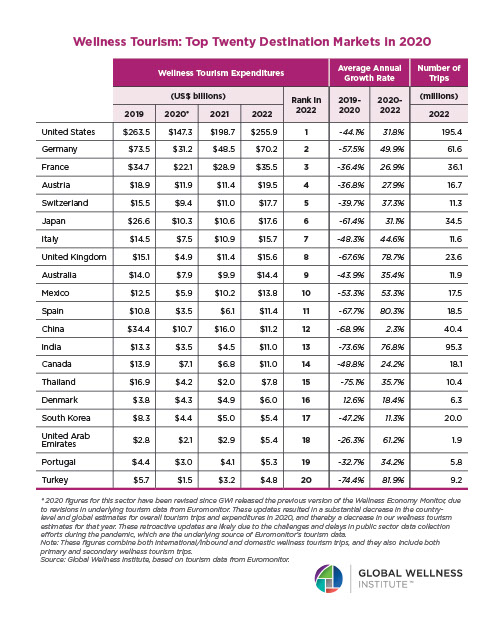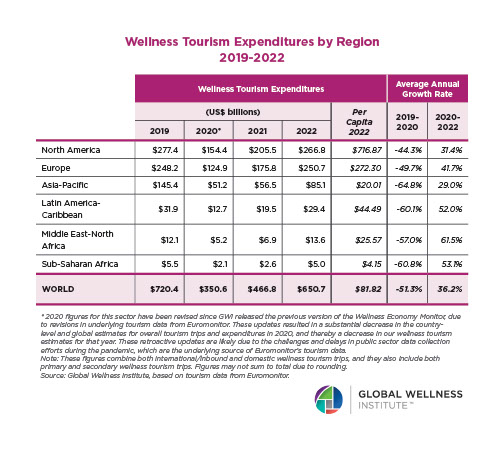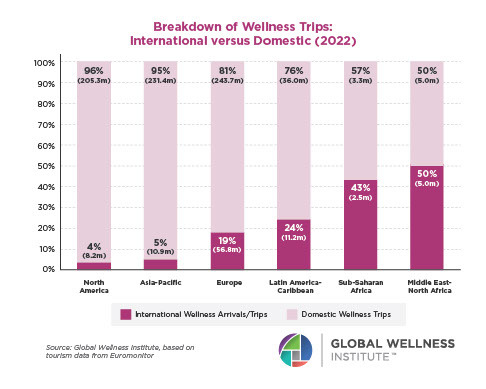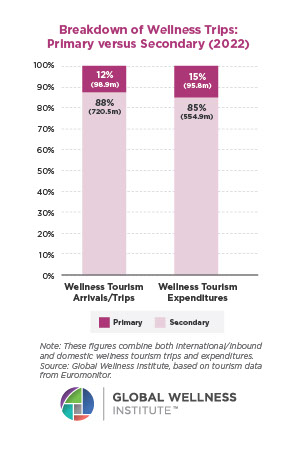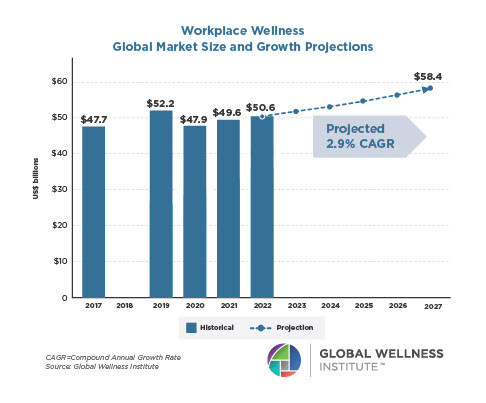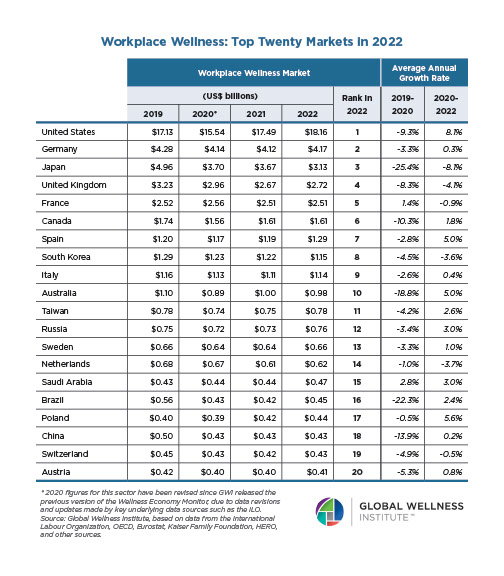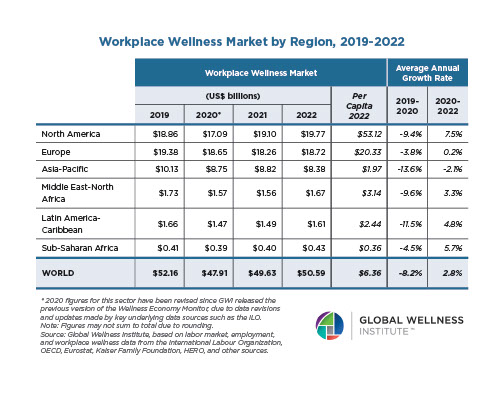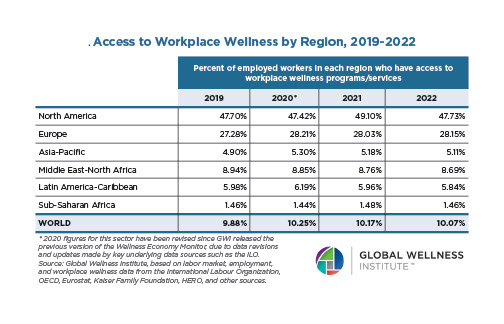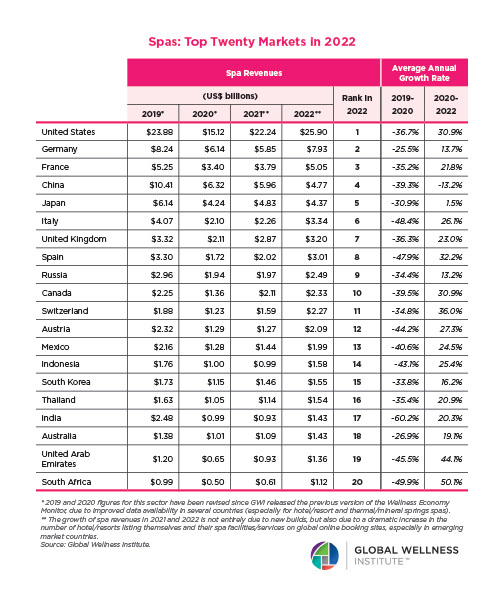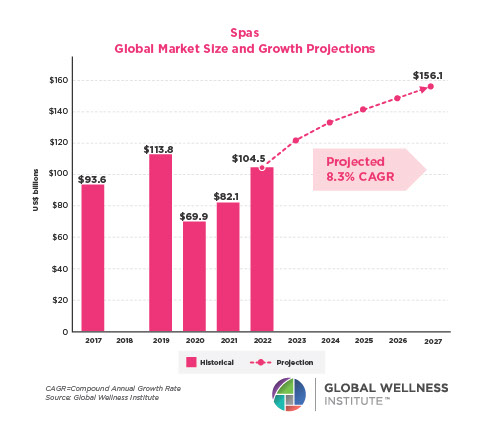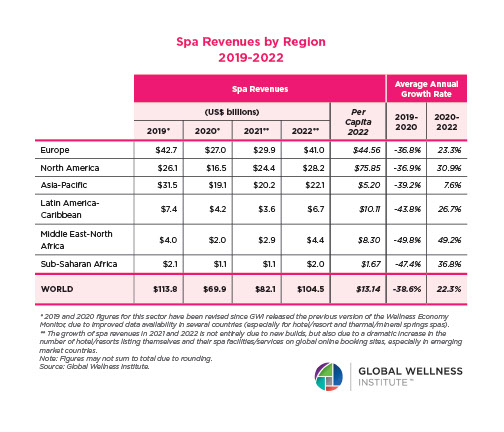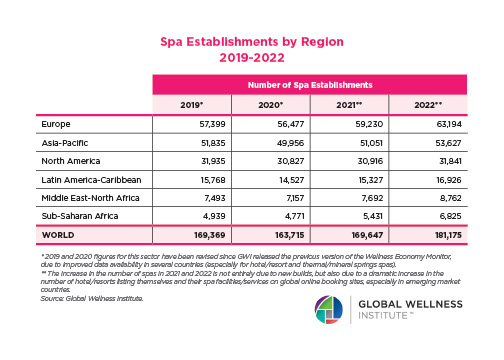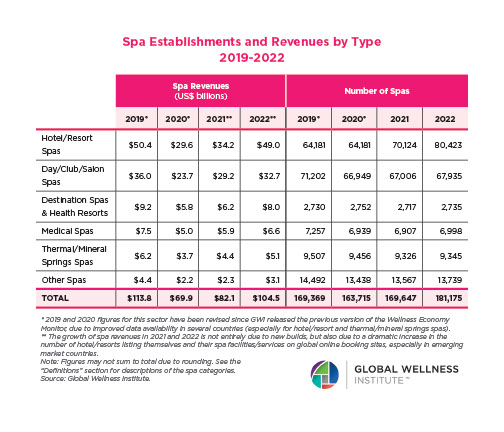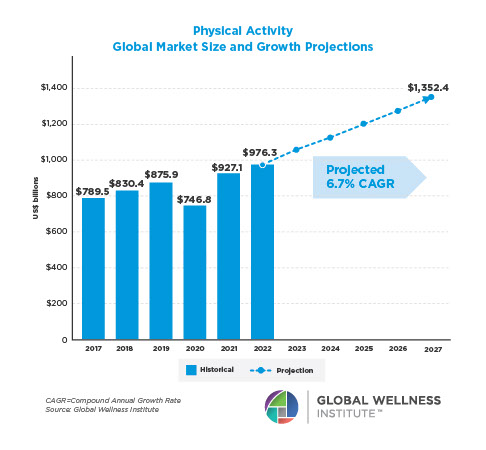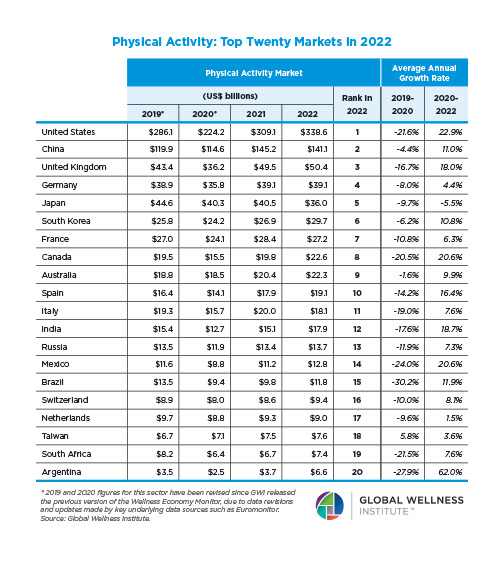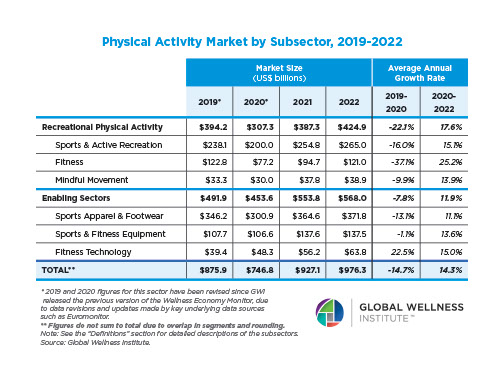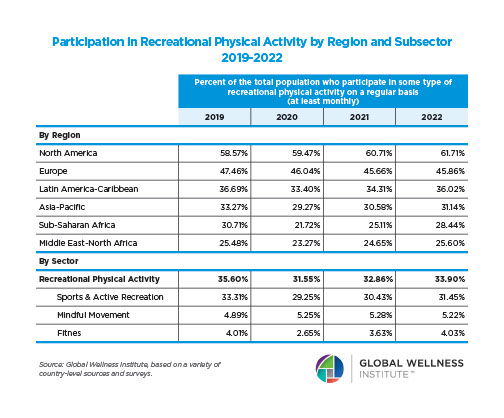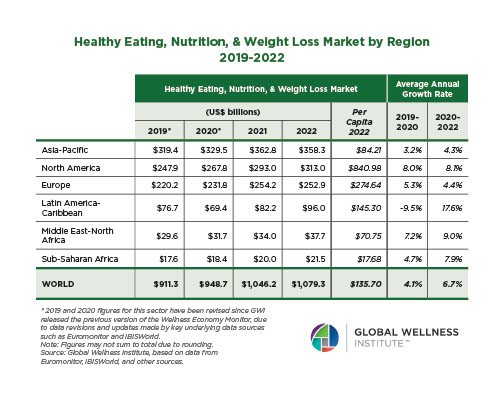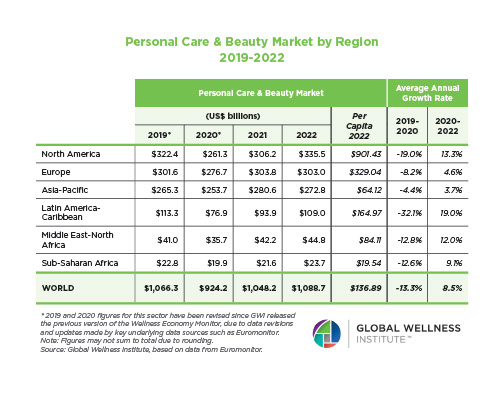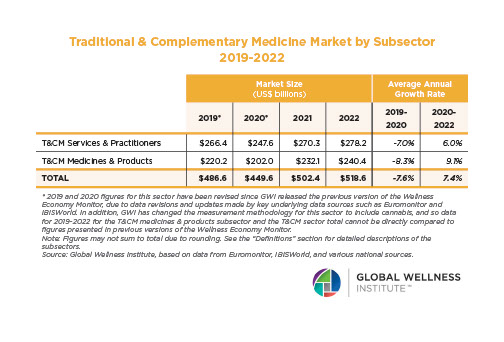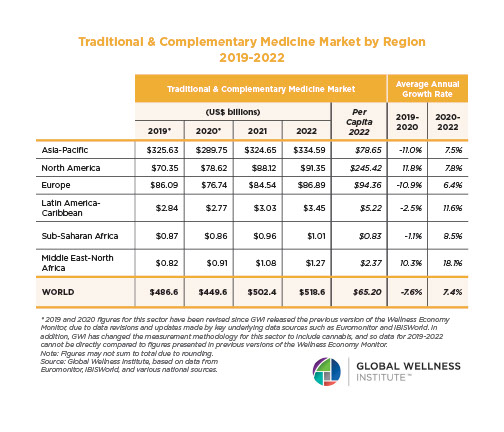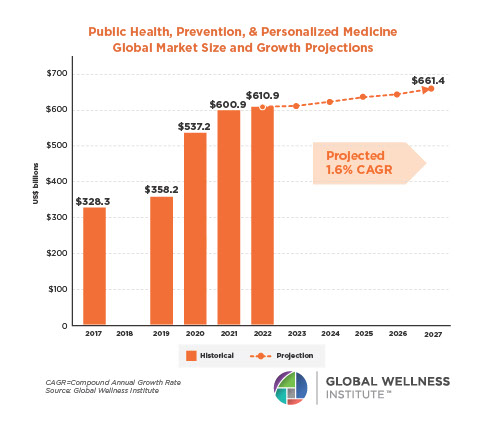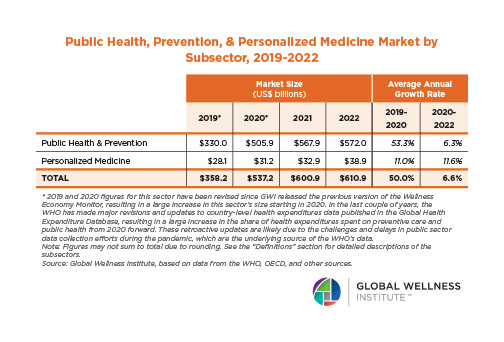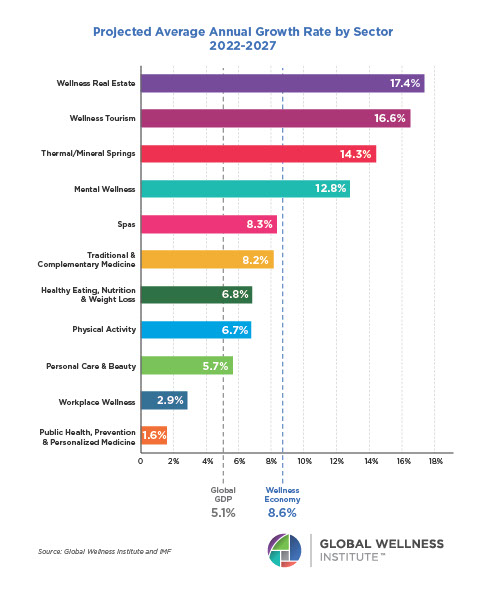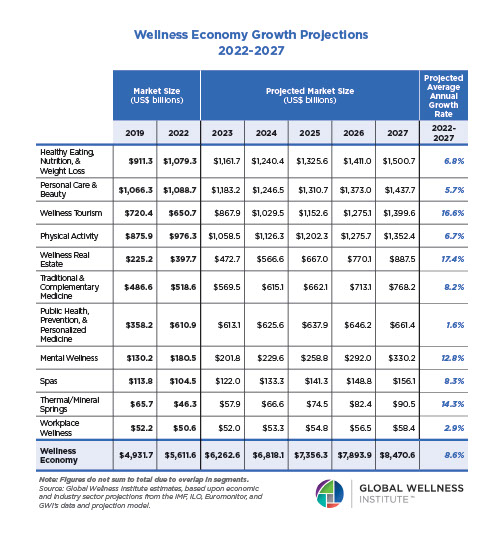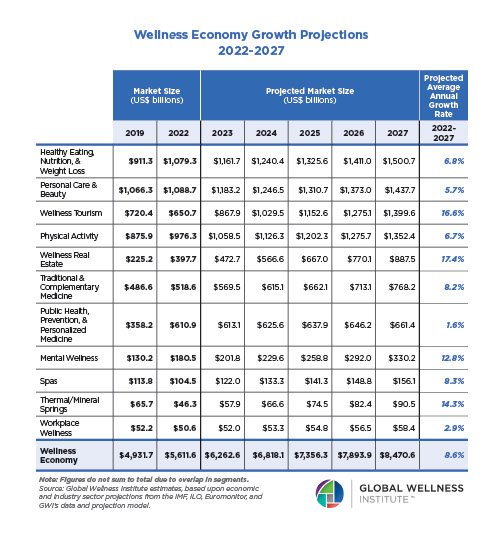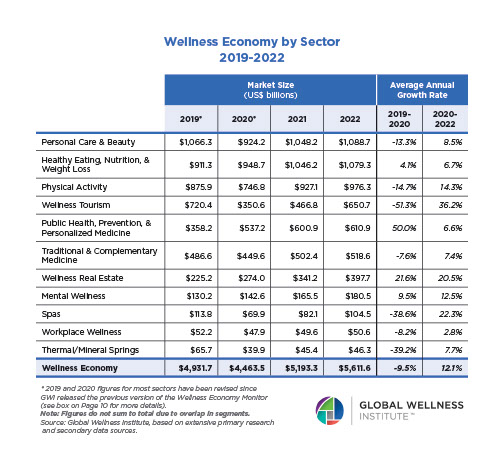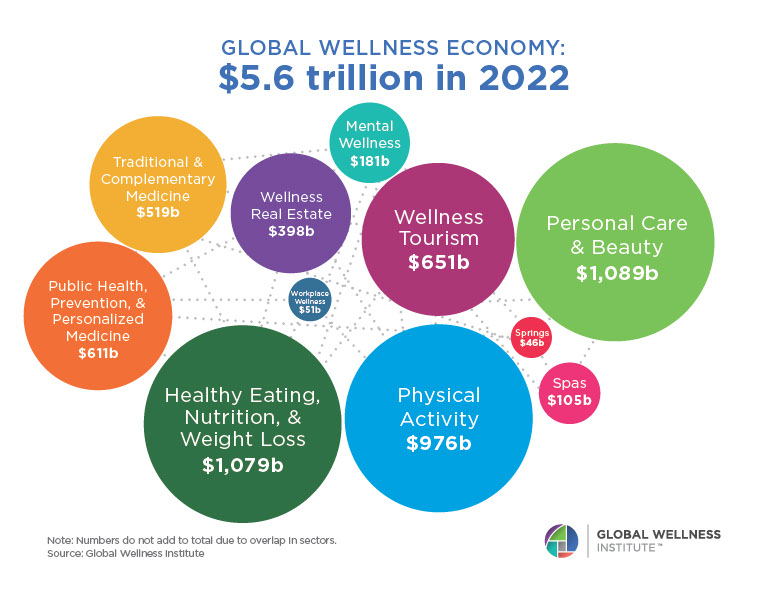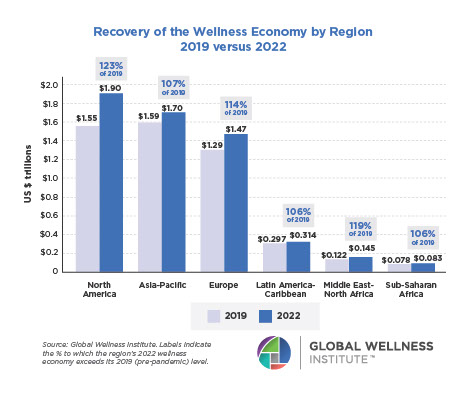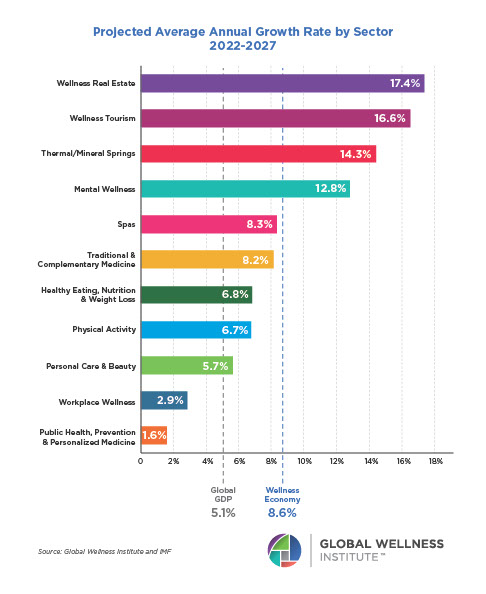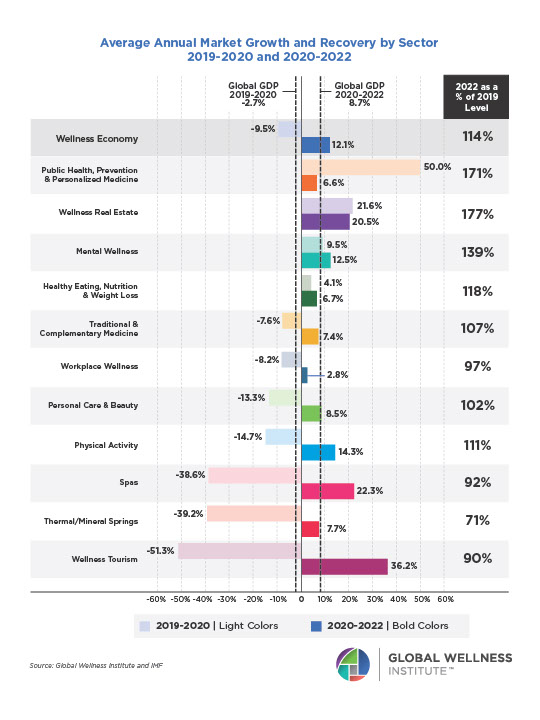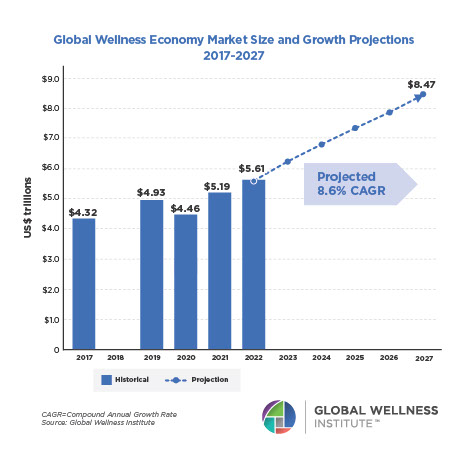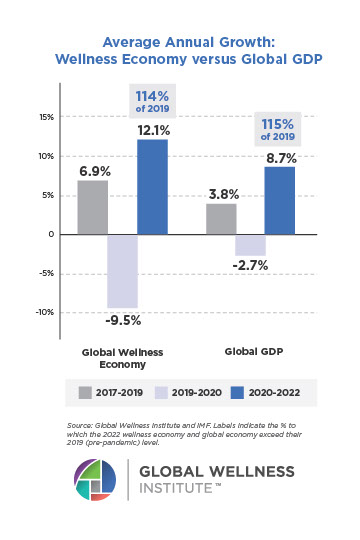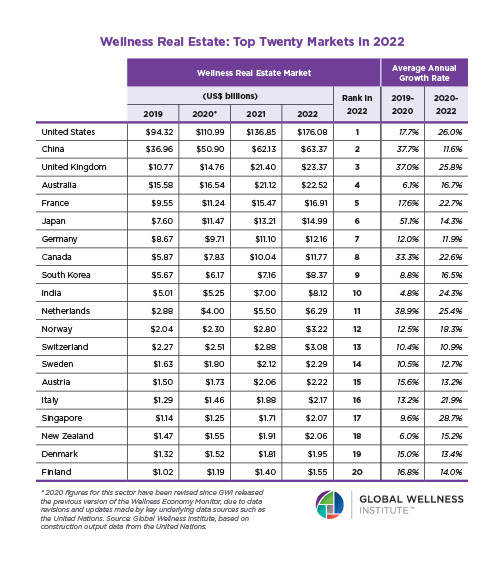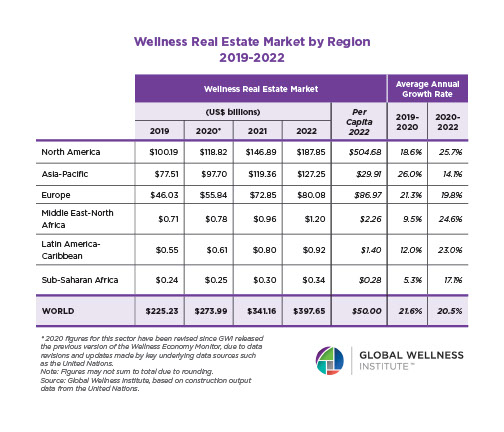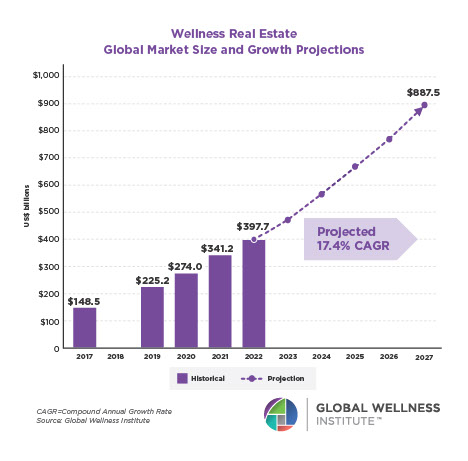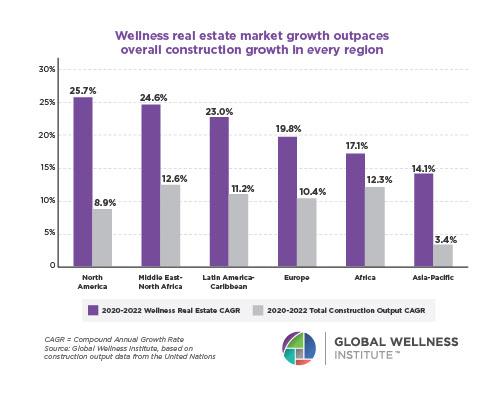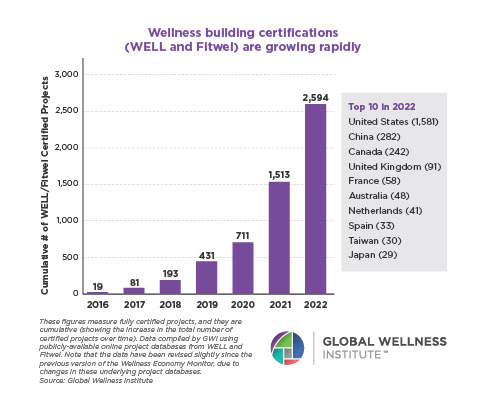Yoga Therapy Initiative
2025 Trends
![]()
Yoga and yoga therapy are emerging as key players in the evolving wellness landscape. This year’s trends reflect a growing desire for both science-backed innovation and holistic tradition—from biohacking for longevity to the expanding role of yoga therapy in addiction recovery. Mental health remains front and center, with rising interest in yoga as a precise, therapeutic tool for managing mental health conditions. Women’s midlife transitions are receiving long-overdue attention, and yoga provides integrative support. As society seeks more personalized and preventative health solutions, yoga therapy takes center stage as an essential modality for navigating stress, aging, and personal transformation. Together, these shifts point to a future where yoga is not just practiced—but strategically applied to support deeper healing and resilience at every stage of life.

TREND 1: Biohacking for Longevity
Biohacking is gaining popularity in the wellness industry as a newly coined term. It is defined as a series of “incremental changes you can make to your body and lifestyle. This approach has the potential to improve our overall health and longevity through sustained practice.”
The integrative science of yoga is the original biohacking. Through the use of asana, pranayama, and meditation, yoga students and practitioners have been utilizing tools from this ancient tradition to achieve this goal for centuries, improving overall health and promoting physical and emotional wellbeing. Many people are unaware that yoga is a collection of ancient and often scientifically substantiated practices that originated for precisely these reasons—to address the difficulties, demands, and stresses that human beings have faced in their lives for millennia.
Yoga therapy practices counteract the effects of aging on the mind and body by consciously controlling and regulating the autonomic nervous system, as well as increasing neuroplasticity. Current research indicates that a contributing factor of life-shortening diseases such as metabolic disorders and cancer is increased cortisol and its effects on physical health and aging.
Evidence shows that falling due to poor balance is highly correlated with mortality in older adults. Using the tools of movement and breath for increased coordination, strength, and mobility can greatly improve balance, reduce falls, and enhance both lifespan and healthspan.
Resources
- https://www.scripps.org/news_items/7709-what-is-biohacking-how-does-it-work
- https://pmc.ncbi.nlm.nih.gov/articles/PMC4428135/
- https://www.rupahealth.com/post/the-cortisol-aging-connection-can-lowering-stress-hormones-slow-aging
- https://www.cdc.gov/mmwr/volumes/72/wr/mm7235a1.htm
- https://pubmed.ncbi.nlm.nih.gov/39173784/
TREND 2: Shift Towards Yoga Therapy to Regulate Mental Health Symptoms
As yoga therapy gains traction in the wellness industry, there is an excellent opportunity for it to be accepted as a therapeutic modality in treating mental health conditions with more precision and fewer complications. In the world of psychiatry and psychological research, it’s well known that techniques like deep breathing, when intentionally combined with other integrated protocols, can calm the nervous system, foster a sense of groundedness, and enhance overall mental health and wellbeing.
Pranayama, or conscious breathing techniques used as part of a yoga therapy protocol, can heighten and improve a person’s ability to intentionally regulate their nervous system and alleviate symptoms such as depression, anxiety, ADHD, PTSD, obsessive-compulsive disorders, and more. Yoga practices also include meditative and somatic awareness techniques, movements/postures, foundational lifestyle skills, and psycho-emotional teachings. These powerful technologies, when incorporated into a therapeutic practice, enable the practitioner to regulate their autonomic nervous system, including the balance between sympathetic and parasympathetic systems.
Regulation of the central autonomic system reduces symptoms of anxiety, improves energy and motivation, increases a person’s ability to tolerate intrusive or traumatic memories, and helps a person improve the ability to focus and concentrate. These benefits underscore the potential of yoga therapy as a complementary approach to mental health care, offering individuals accessible, holistic tools for long-term wellbeing and resilience.
Resources
- https://www.nccih.nih.gov/health/providers/digest/yoga-for-health-science
- https://positivepsychology.com/yoga-therapy/
- https://pmc.ncbi.nlm.nih.gov/articles/PMC9877284/
TREND 3: Yoga Therapy Cools Hot Flashes
Aging in Hollywood and beyond is no longer about becoming invisible. Stripes Beauty founder Naomi Watts makes the declaration, “Welcome to a world where menopause isn’t a dirty word.” Drew Barrymore famously discusses her experience of perimenopause on her eponymous show, The Drew Barrymore Show. These high-profile celebrities represent women worldwide who seek healthy ways to manage their self-care during this stage of life.
In the United States alone, approximately 1.3 million women enter midlife each year. Four out of five women experience symptoms including hot flashes and night sweats (vasomotor symptoms), sleep challenges, brain fog, skin changes, weight gain, bone density loss, and increased stress. Vasomotor symptoms alone affect 80% of perimenopausal and menopausal women.
According to the science of yoga therapy, transitions are vulnerable stages in life that need special attention. Evidence-based research suggests that the tools of yoga practice can promote positive psychophysiological changes in post-menopausal women and act as a complementary therapy to hormone replacement therapy. Some of the integrative tools include asana/posture, pranayama/breathing techniques, meditations/yoga nidra, daily routines, sleep hygiene, and lifestyle management—which can all help decrease menopausal symptoms and improve health. Some of these benefits stem from yoga therapy’s natural ability to help modulate the body’s stress response overall.
Resources
- https://www.cntraveler.com/story/menopause-wellness
- https://www.joinmidi.com/post/menopause-statistics
- https://www.newyorker.com/magazine/2025/03/10/menopause-is-having-a-moment
- https://pubmed.ncbi.nlm.nih.gov/35191141/
- https://pubmed.ncbi.nlm.nih.gov/30401547/
- https://pubmed.ncbi.nlm.nih.gov/27261993/
- https://pubmed.ncbi.nlm.nih.gov/37008184/
- https://pubmed.ncbi.nlm.nih.gov/38501518/
- https://pubmed.ncbi.nlm.nih.gov/28917368/
- https://www.axios.com/2025/01/23/menopause-influencers-symptoms-supplements
TREND 4: Unplugging from Anxiety for the Anxious Generation
In today’s hyper-connected era, anxiety has surged to unprecedented levels, especially among Gen Z and millennials. Post-pandemic, the WHO reported a 25% global increase in anxiety and depression, while the CDC found that nearly 40% of young adults experienced significant mental health challenges during the pandemic. Digital engagement and social media overload have exacerbated these issues. The APA notes that individuals spending over six hours daily on screens can experience a 30% increase in stress levels and reduced attention spans.
Against this backdrop, many are turning to yoga therapy to unplug from digital stressors and restore mental balance. A 5,000-year-old science, yoga focuses on a range of mental, physical, and spiritual practices that include a philosophical mindset, a wide range of meditation, breathing, and chanting techniques, foundational lifestyle skills, and psycho-emotional teachings.
Strong evidence-based research, highlighted by the Mayo Clinic, suggests that incorporating mind-body techniques into one’s daily routine can have a positive impact on various health outcomes, primarily by reducing perceived stress levels and enhancing stress resilience. Studies from Harvard Medical School and NIH-supported research also indicate that regular yoga practice can reduce anxiety symptoms by up to 40% and significantly lower cortisol levels.
The rise of AI-driven wellness apps and on-demand yoga sessions has also democratized access to these benefits, making it easier for a tech-savvy but anxious generation to integrate holistic practices into daily routines. Gen Z, in particular, is redefining wellness by prioritizing mental, emotional, and social health over mere physical fitness. As this generation seeks balance in an always-on world, yoga therapy emerges as a vital tool in their arsenal against modern stress.
Resources
- https://www.ft.com/content/4b75300a-12ca-42b7-a07a-4519435ea4b8?utm_source=chatgpt.com
- https://www.sciencedirect.com/science/article/pii/S0272494423002311
- https://www.apa.org/topics/stress/generation-z-millennials-young-adults-worries
- https://www.apa.org/news/monitor/2022/03/tech-use-mental-health
- https://www.health.harvard.edu/mind-and-mood/yoga-for-better-mental-health
TREND 5: Losing the Grip on Addiction
Addiction is a growing crisis and a burden on economies around the world. According to estimates, the drug, alcohol, and other addiction treatment industry in the United States was valued at $42 billion in 2020 and is expected to reach $53 billion by 2025.Approximately 3.7 million people have received treatment in more than 14,000 facilities. These numbers are not shrinking; they are growing.
Simultaneously, there is an emerging shift redefining the way we approach addiction recovery. No longer is it only about medical treatments and therapy. Approaches to recovery are expanding to include holistic wellness practices and methods that are appearing in all areas of substance abuse protocols worldwide.
From sober-curious events and equine therapy to massage and meditation, treatment centers are incorporating wellness tactics into their programs to help patients feel better mentally, physically, and emotionally.
Yoga therapy plays a role in this—through the introduction of practices that connect our conscious minds to our unconscious behaviors. These interventions help people develop positive habits that not only influence addictive behaviors and motivators but inspire confidence in a person’s ability to change. They can reduce cravings as well as improve a person’s ability to tolerate the urge to use drugs.
Note: Yoga therapy protocols are always conducted in conjunction with medical treatments prescribed by a physician and are not meant to replace them.
Addiction treatment and recovery have become far more than medical interventions, especially since treatment centers need to stand out in a crowded marketplace. Top-tier facilities often incorporate medical treatment plans, clinical staff, nutritionists, yoga therapists, outdoor activities, and a myriad of other holistic offerings, creating programs that offer the opportunity for collaborative care.
Resources
- https://www.globalwellnesssummit.com/product/2025-future-of-wellness-trends-report/
- https://pmc.ncbi.nlm.nih.gov/articles/PMC5812135/
- https://www.researchandmarkets.com/reports/4912339/the-u-s-addiction-rehab-industry-5th-edition
- https://drugabusestatistics.org/fentanyl-abuse-statistics/
- https://www.bijab.com/book/the-yoga-therapy-renaissance/
- https://www.linkedin.com/posts/bijabennett_wellness-yogatherapy-research-activity-7310300152685019136-v5u0/?utm_source=share&utm_medium=member_desktop&rcm=ACoAACkZ3LwBMYbzU-V4wkSHUrsDicngKGFGO3Q

